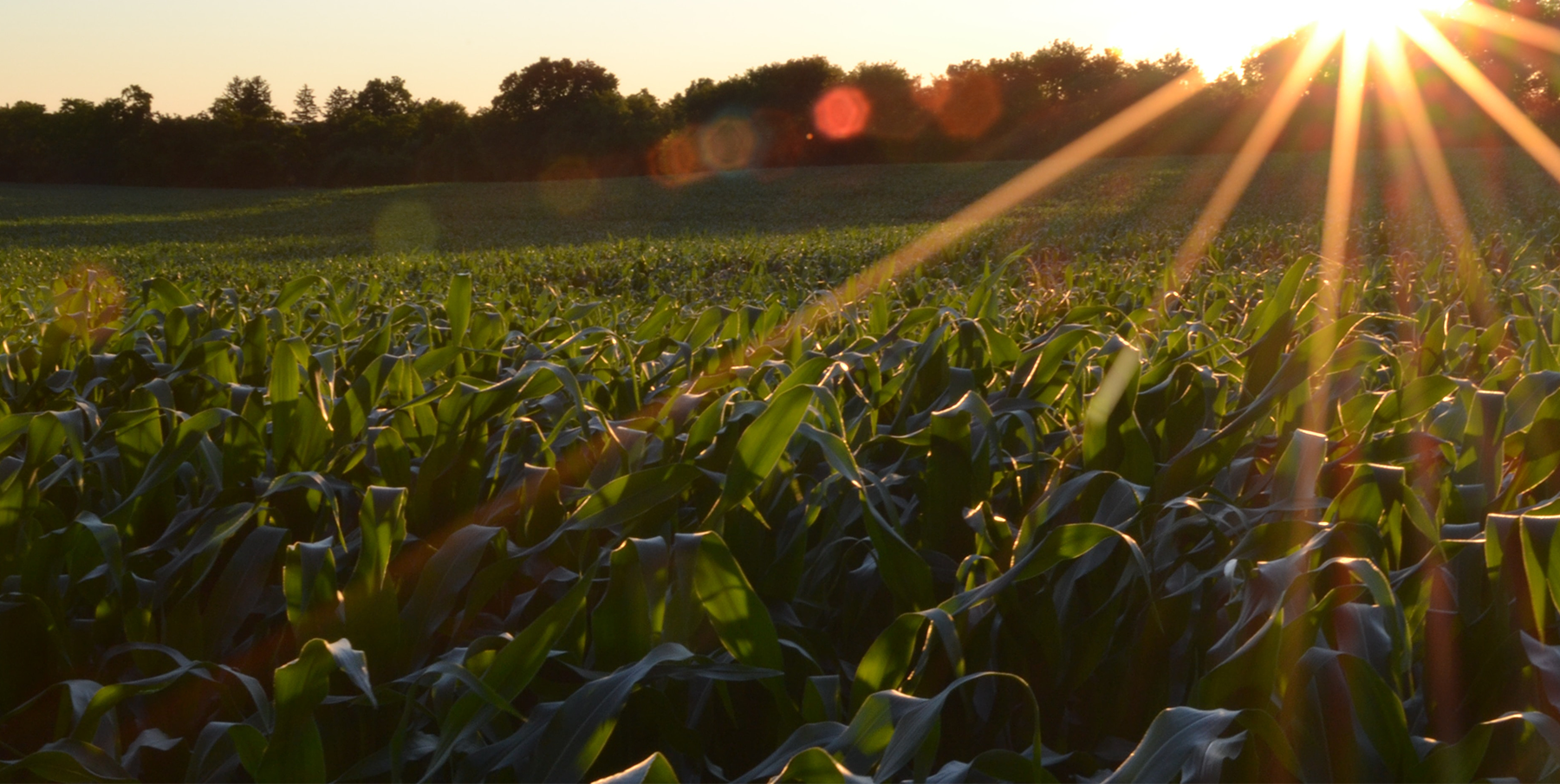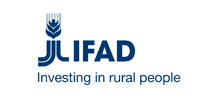Co-authors
Elijah Phiri, Lydia M. Chabala & Henry M. Sichingabula
Description/Abstract
This study evaluated water use efficiency (WUE) of selected hybrid maize (Zea Mays L.) varieties in Zambia under rain-fed conditions. A randomized complete block field experiment was carried out during the 2014/2015 rainy season at the University of Zambia Agricultural Demonstration Centre. Treatments were 30 maize varieties from the early, medium and late maturity classes. WUE was calculated as the ratio of yield to evapotranspiration (ET) and transpiration (T). Results showed significant differences in WUE dry matter (DM) for transpiration (T) of early maturing varieties. However, no significant differences were observed in WUEDM for evapotranspiration (ET), WUE grain yield (GY), T and WUEGY, ET. WUEDM, T, WUEDM, ET, WUEGY, T, and WUEGY, ET were statistically the same among medium maturing varieties. Results further showed that among the late maturing varieties, WUEDM, T, WUEDM, ET and WUEGY, T showed significant differences but no significant differences were observed in WUEGY, ET. It was concluded that maize varieties from the same maturity classes have different WUEs. The study thus provided options in variety selection based on which varieties performed better, particularly SC 525, SC 513 and PAN 4M 21 from the early maturity class; PHB 30G19, ZMS 606, MRI 634 and SC 637 from the medium maturity class; and PAN ZM 83, SC 709, PAN 8M 93 and SC 719 from the late maturity class. It was recommended however, that repeated experiments over time should be done to validate the findings given that the trial was only conducted in one season.
Other Partners
SASSCAL
German Federal Ministry of Education and Research under promotion number
Citation
Mudenda, E., Phiri, E., Chabala, L., & Sichingabula, H (2017). Water Use Efficiency of Maize Varieties under Rain-Fed Conditions in Zambia. Sustainable Agriculture Research [online] Vol. 6, No. 1; 2017. Available at://http://dx.doi.org/10.5539/sar.v6n1p1 [1/08/2019]





